Boeing remains confident 737 MAX 7 and MAX 10 will be certified in 2026
There are over 1,500 unfilled orders for the 737 MAX 7 and 737 MAX 10 combined.
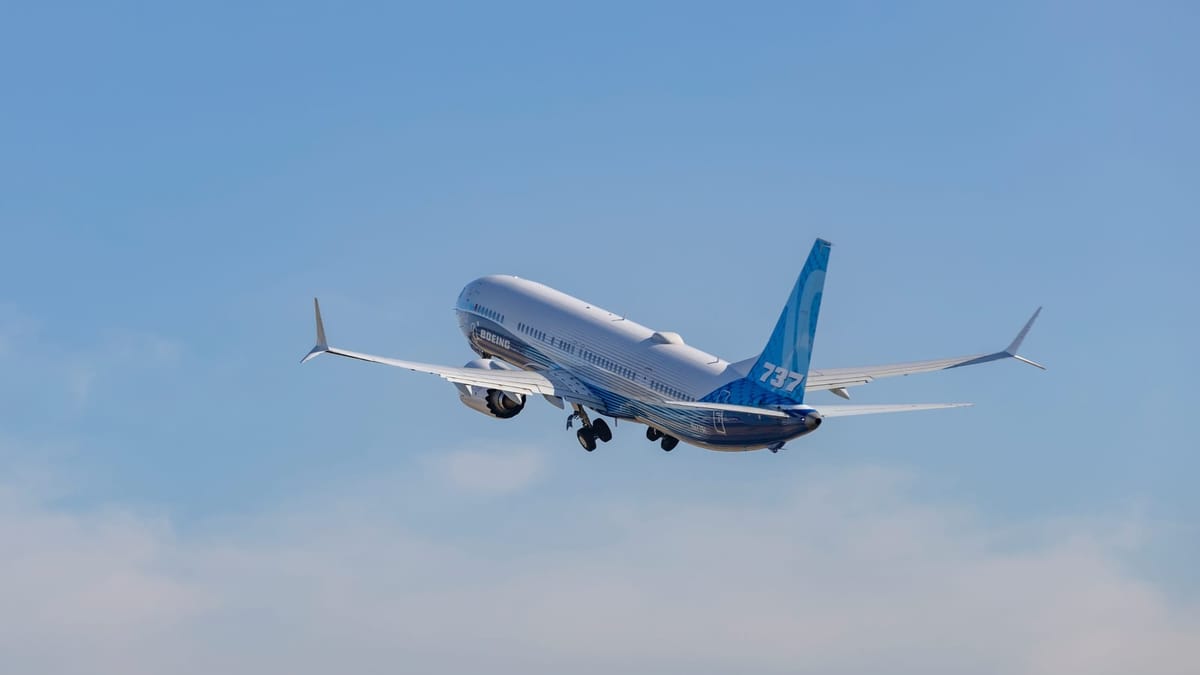
Boeing’s executives have reiterated during the company’s latest earnings call that the 737 MAX 7 and 737 MAX 10, two subtypes of the 737 MAX aircraft family, would finally be certified in 2026.
During the company’s Q3 2025 earnings call on October 29, 2025, Kelly Ortberg, the President and Chief Executive Officer (CEO) of Boeing, had to be the bearer of bad news that the 777-9 is now pushed back to 2027; he had better news on the 737 MAX 7 and 737 MAX 10 programs.
Ortberg highlighted that with more than 3,000 hours of lab testing and analysis, Boeing now has “a final set of design changes to permanently address the engine anti-ice [EAI] issue.” According to the chief executive, while the certification effort remains on the critical path, the manufacturer is now following the Federal Aviation Administration’s (FAA) lead to certify the design updates.
“As we previously shared, we anticipate certification for the 737-7 and the 737-10 to happen in 2026.”
Jesus Malave, the new Chief Financial Officer (CFO) of Boeing, added that Boeing’s 737 MAX 7 and 737 MAX 10 inventory was stable, and it had around 35 aircraft of the type in storage.
According to Ortberg, Boeing now has to modify the test aircraft with the newest hardware and software updates and then go through the certification process with the FAA.
The EAI system is a critical path to certification, the CEO continued, yet noted that even without the anti-ice issues, “there is still work to be done to complete the certification,” probably more on the 737 MAX 10 than on the 737 MAX 7. That certification work is “not near the magnitude of what we are experiencing with the 777X program,” he said.
“We have got a lot of test data, a lot of analysis that will help us move quickly through that, and as I said, we are still planning on getting that done here in 2026.”

As of September 30, Boeing had 300 unfilled net orders for the 737 MAX 7 and 1,285 for the 737 MAX 10. Most ot the 737 MAX 7’s orders are from Southwest Airlines, which has 249 orders for the smallest 737 MAX jet, according to ch-aviation records.
While the certification of the 737 MAX 7 and 737 MAX 10 has dragged on since the FAA and other civil aviation authorities had grounded the 737 MAX 8 and 737 MAX 9 following two fatal crashes in 2018 and 2019, and began to more closely scrutinize the planemaker, the EAI system issue reared its head in mid-2023.
In August 2023, the FAA issued an airworthiness directive (AD) after it had received reports in June 2023 that using the EAI system “in dry air for more than five minutes during certain environmental and operational conditions can cause overheating of the engine inlet inner barrel beyond the material design limit, resulting in failure of the engine inlet inner barrel and severe engine inlet cowl damage.”
As such, the US regulator mandated that operators of 737 aircraft with CFM International LEAP-1B engines, meaning all 737 MAXs, adjust their airplane flight manual (AFM) to limit the usage of EAI in certain conditions and revise their existing minimum equipment list (MEL) to prohibit dispatch under a certain item.
Boeing attempted to circumvent issues related to the EAI in November 2023. Then, it requested a time-limited exemption from specific regulations that relate to the EAI for the 737 MAX 7 until May 31, 2026, promising that during that almost three-year period, it would “complete certification of necessary design changes for the EAI system and associated structure.”
“Subsequent to the development of the engine nacelle inlet structure and EAI system, analysis and engineering flight testing showed there is a potential for structural damage to the engine nacelle inlet structure due to overheating with the EAI system active during specific operational and environmental conditions.”
The timing of the exemption request was unfortunate. Or rather, the timing of what happened next: the Alaska Airlines mid-air door plug blowout on flight AS 1282. Boeing pulled the exemption request on January 29, 2024, 24 days after the incident, which fortunately did not result in any fatalities.
What it did result in was intensified regulatory scrutiny, which has since subsided. The FAA recently not only approved Boeing to go beyond the 37-per-month production rate of the 737 MAX to 42, but, according to Ortberg’s statement during the aforementioned earnings call, has also allowed “delegation to Boeing to issue airworthiness certificates for some 737 MAX and 787 airplanes.”

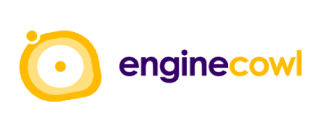
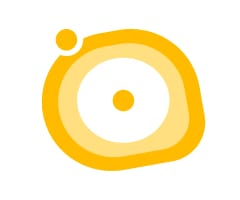
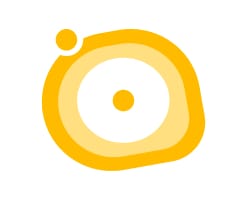
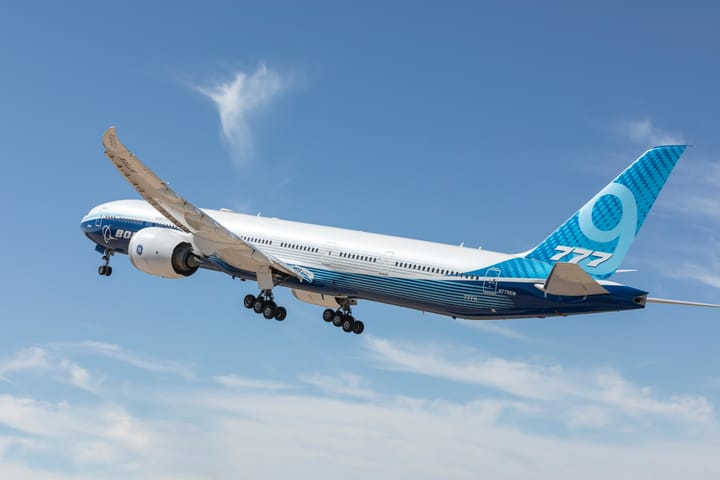


Comments ()